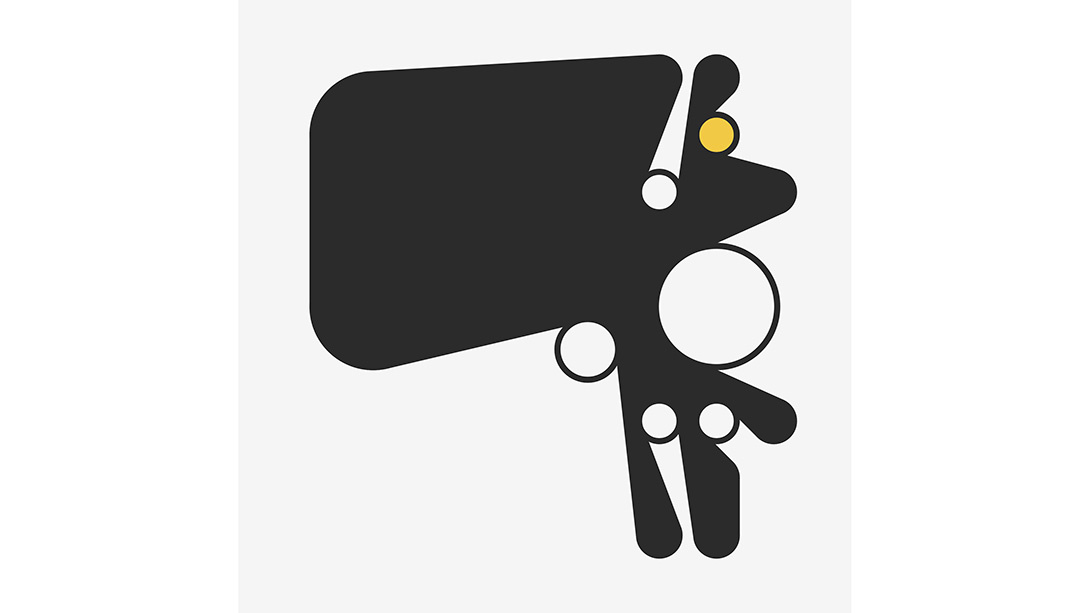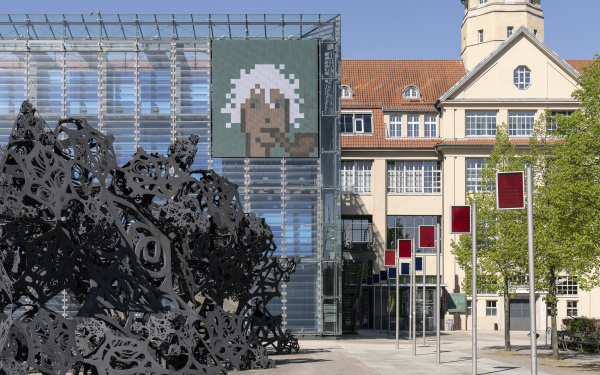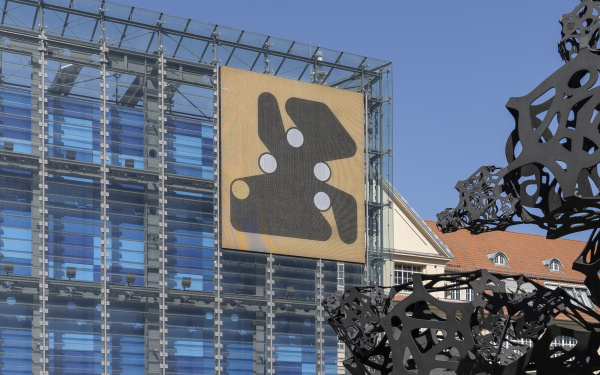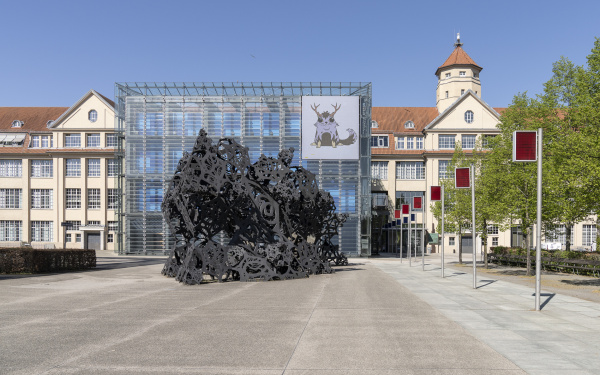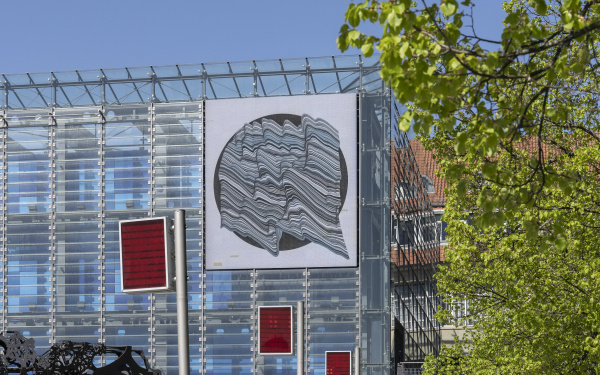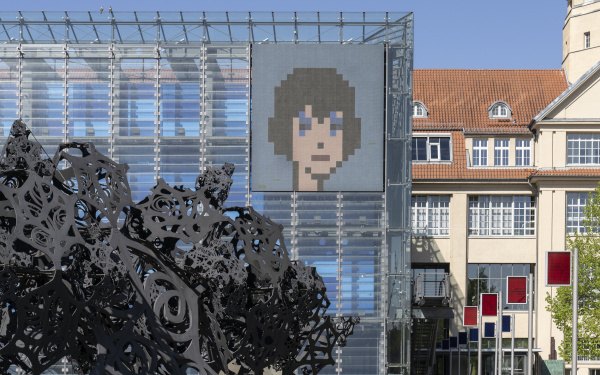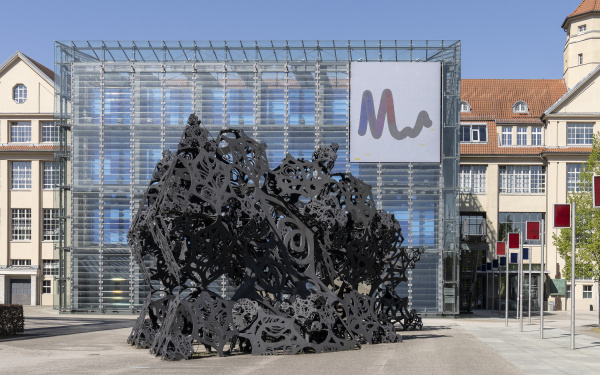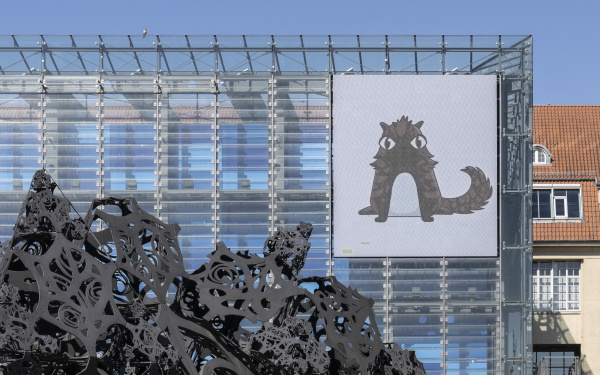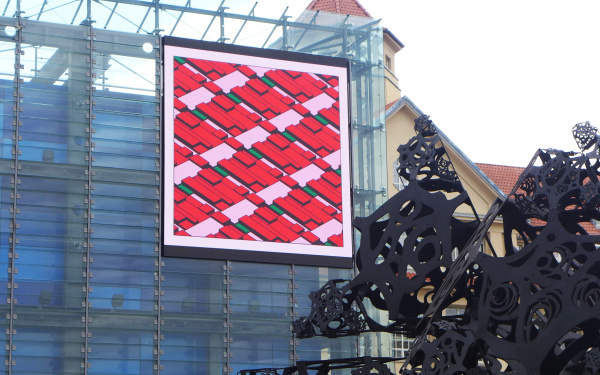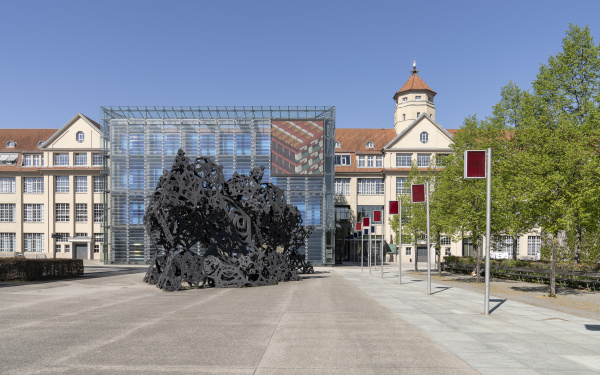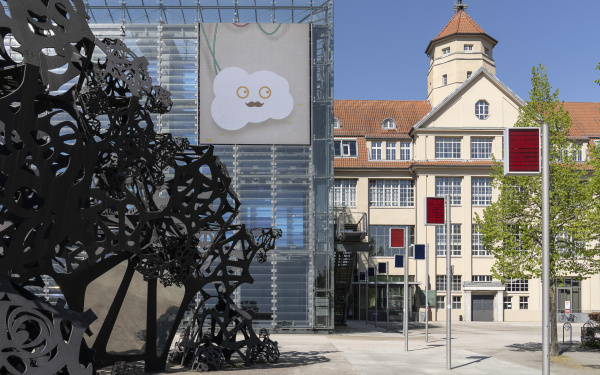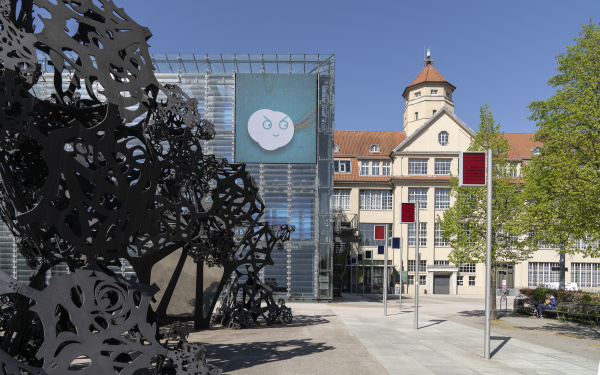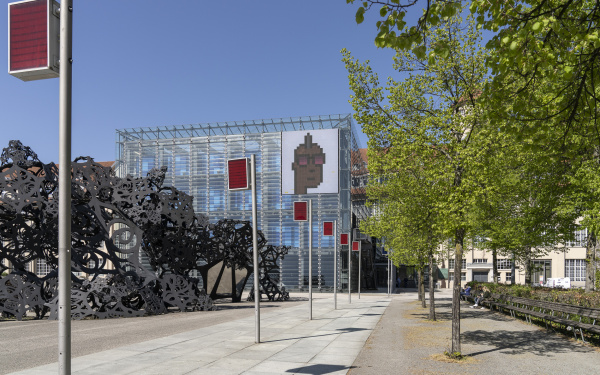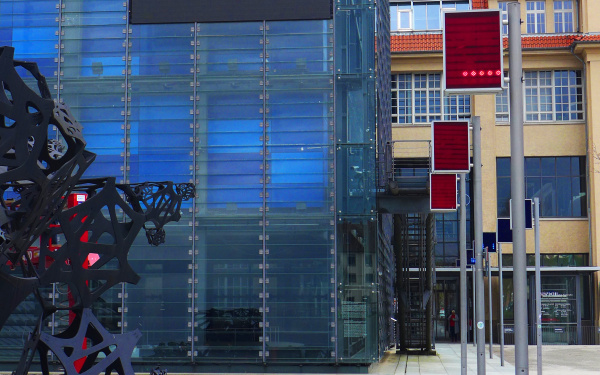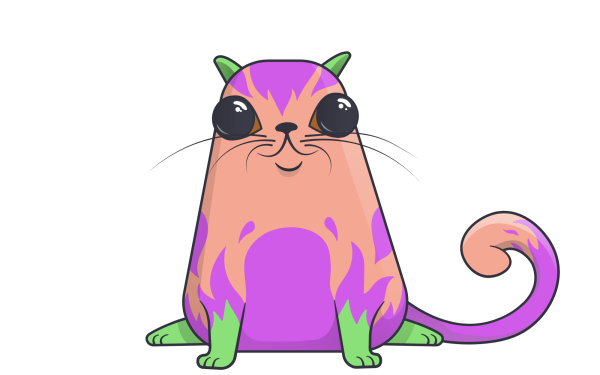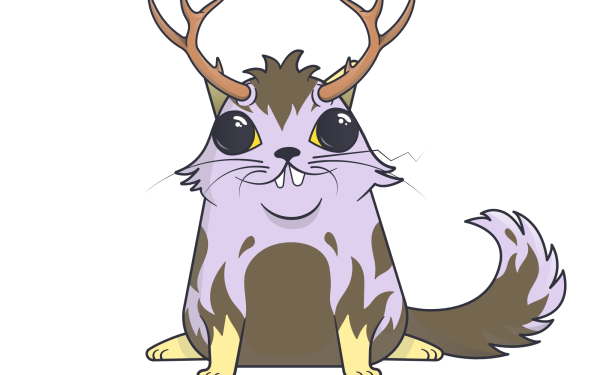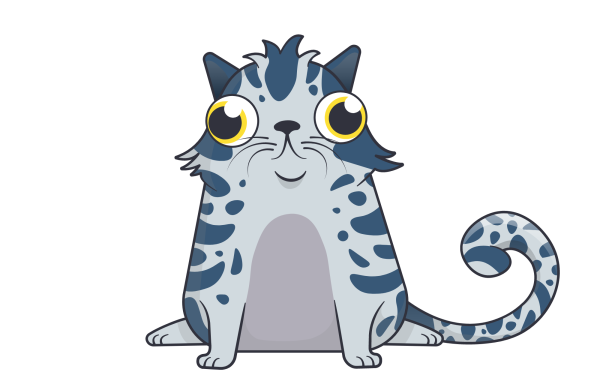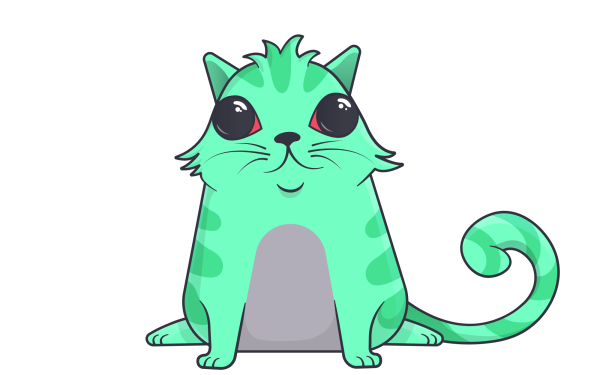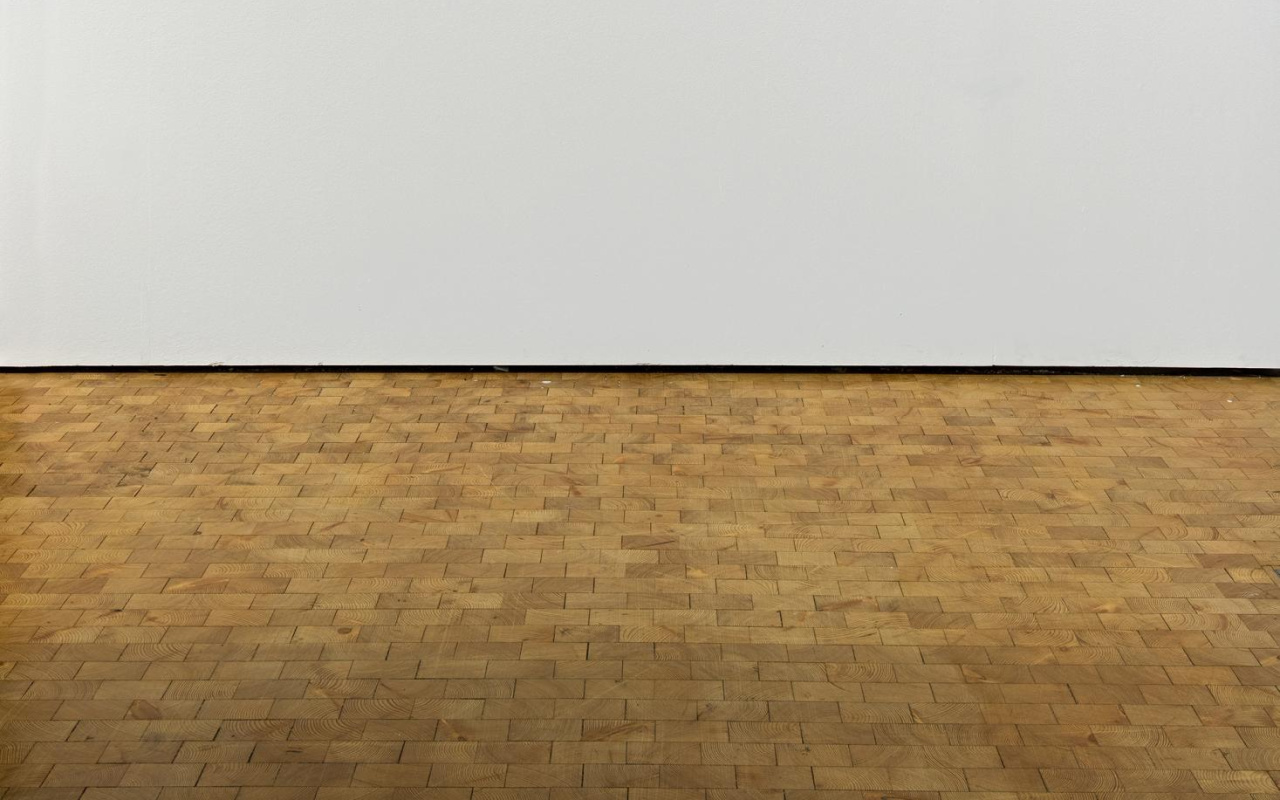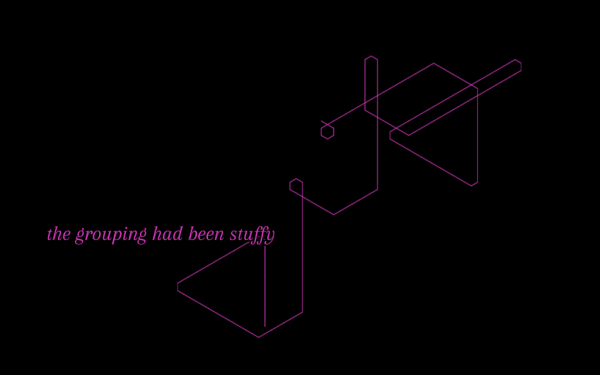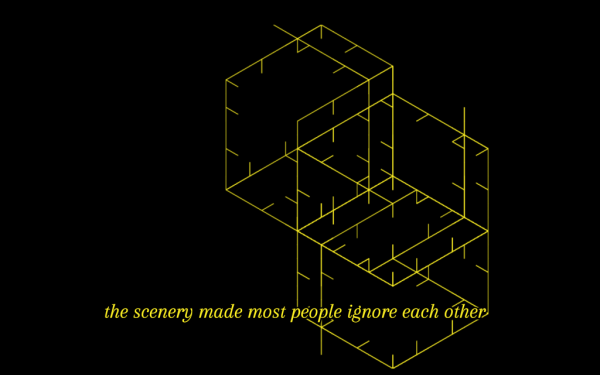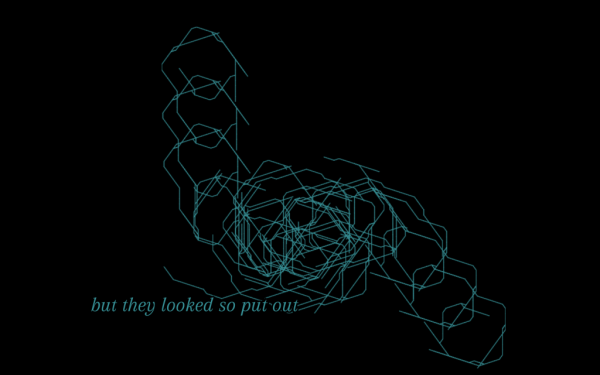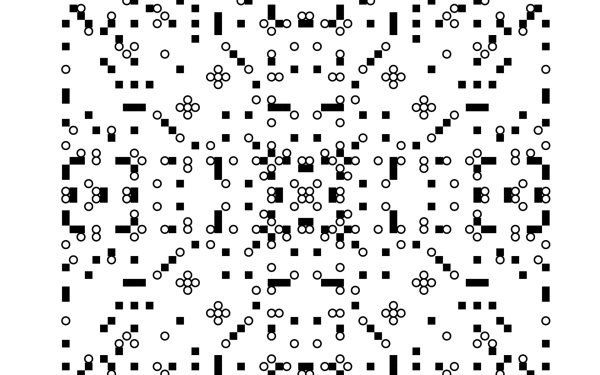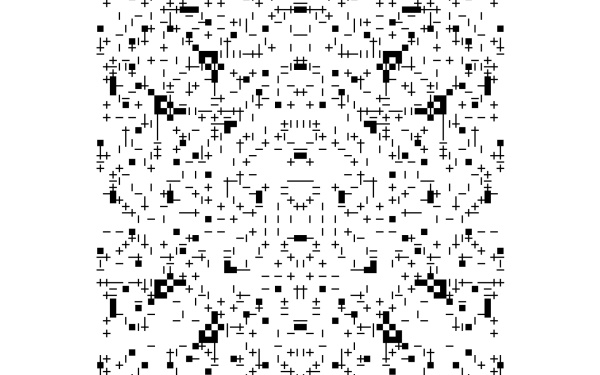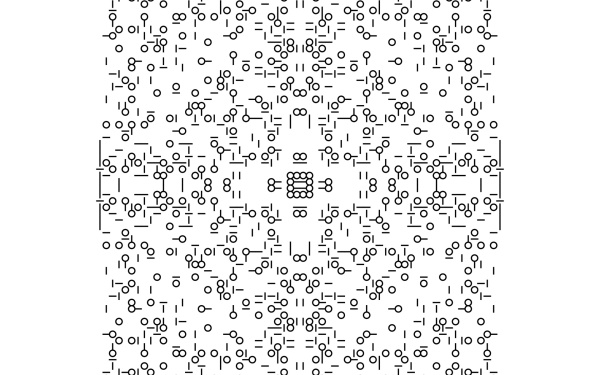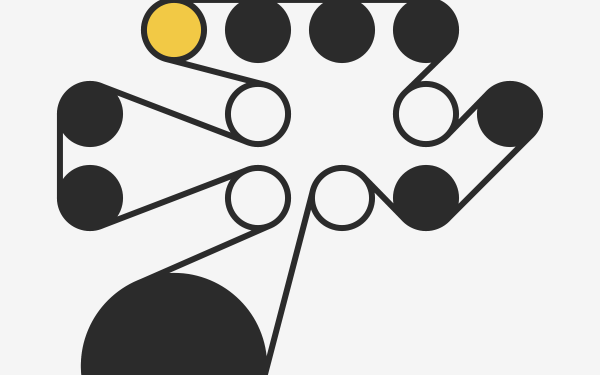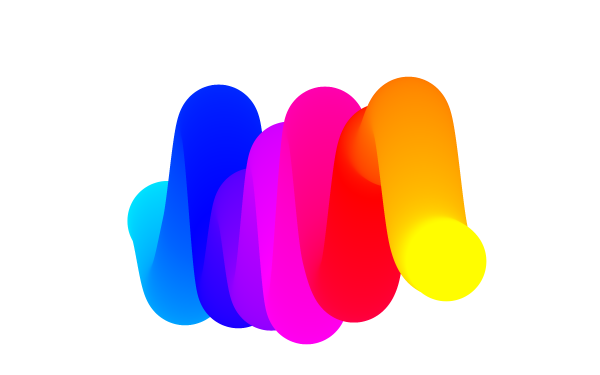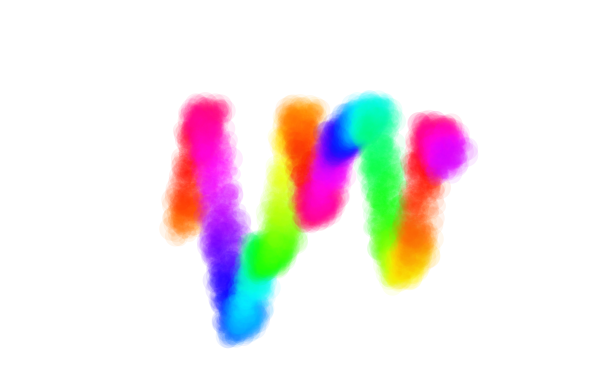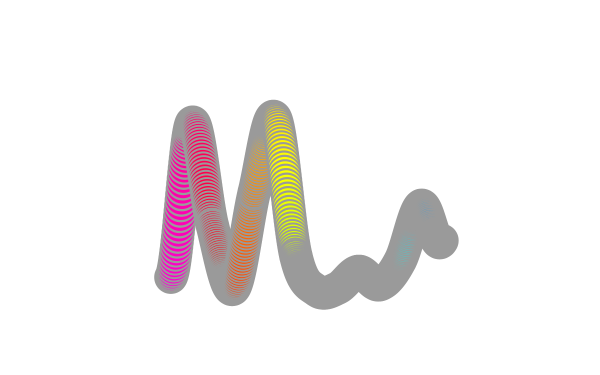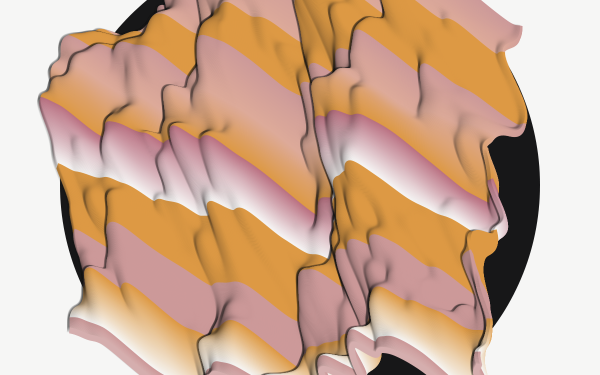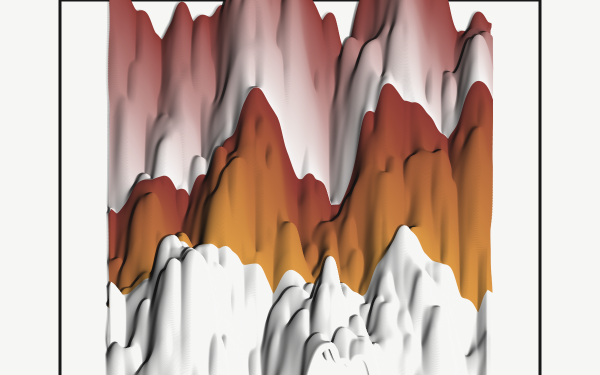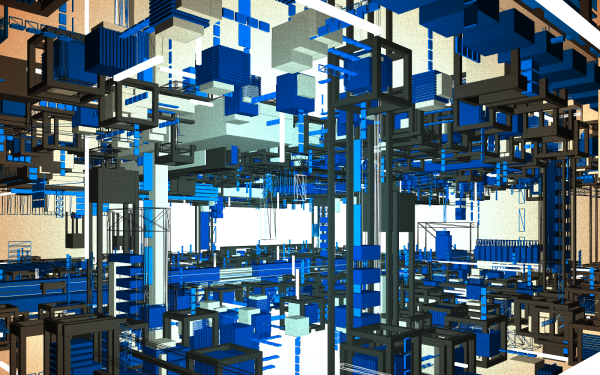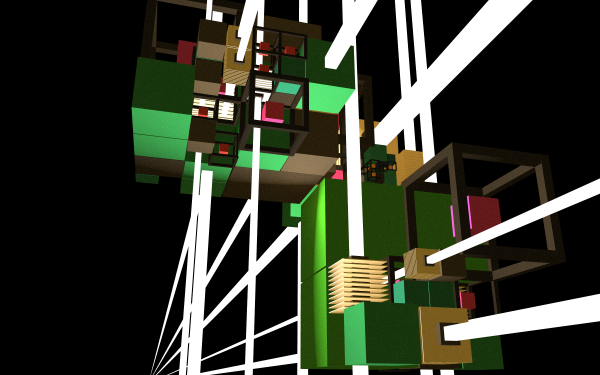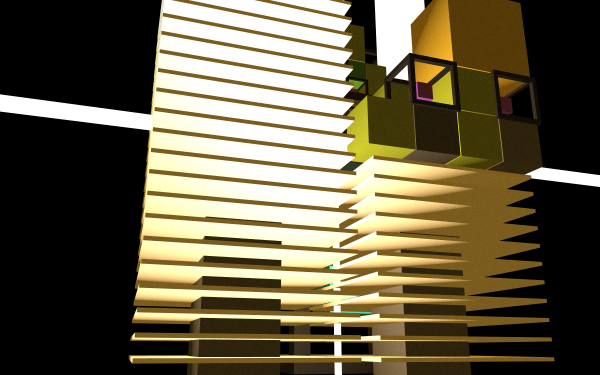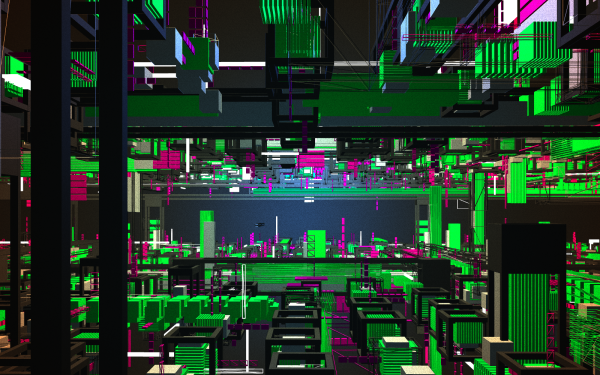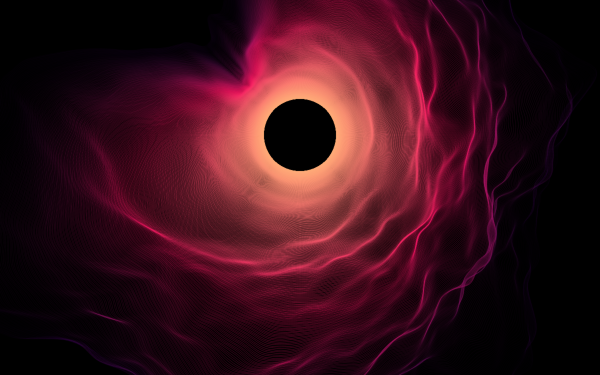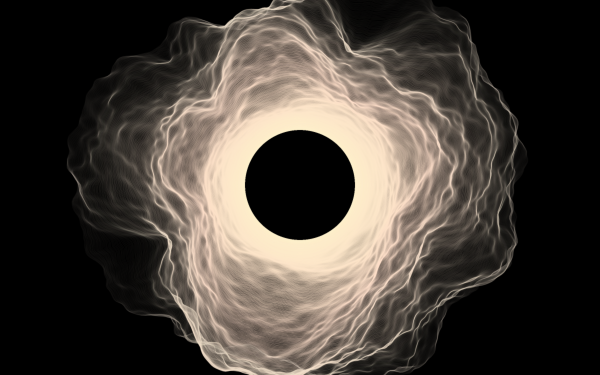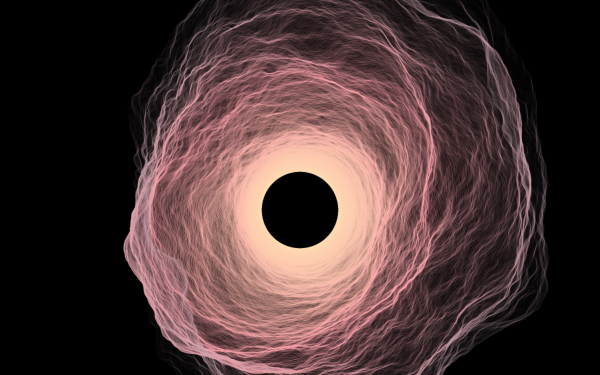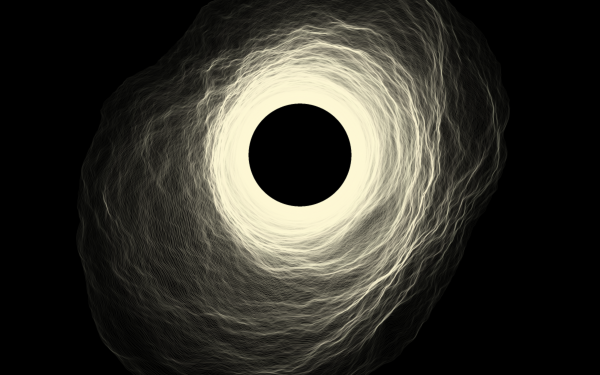- Exhibition
CryptoArt
It's Not About Money
Wed, April 07 – Sun, July 18, 2021
Wed, 07.04. – Sun, 18.07., daily 9 am–11 pm
- Location
- Kubus: Screen
Since 2014, it has been possible to certify digital images with the help of blockchain technology and in this way produce unique items, so-called NFTs (Non-Fungible Tokens). But only since this year, after a number of digitally certified images were sold for several million dollars, has a broader public taken notice of this development.
The ZKM already acquired a number of NFTs in December 2017 and is now showing a selection of works from its own NFT collection as well as from private lenders on the cube screen.
Blockchain technology – originally developed to create a digital equivalent to cash using cryptographic processes – is changing the economics of digital art. Digital works that can be copied infinitely at any time can now be transformed into unique pieces or limited series. The logic of scarcity and the rules of the traditional art market are transferred to the digital world. Beyond that, however, technology also opens up new possibilities. So-called »smart contracts« embedded in the blockchain can, for example, ensure that artists automatically receive a certain percentage of the sales price on their cryptocurrency account every time one of their works is resold. Because every piece of information in the blockchain is authenticated decentrally by thousands of computers, all transactions are transparent and unchangeable.
The beginnings
The first NFTs can be dated to 2014. In May 2014, at the Rhizome conference »Seven on Seven at the New Museum, New York, artist Kevin McCoy sold a GIF on stage and published the transfer of ownership on the Namecoin blockchain. Together with Anil Dash, he founded »Monegraph«, the first platform that used blockchain technology to authenticate digital objects. In the same year, the digital art register »ascribe« emerged in Berlin, then in 2015, the artist Harm van den Dorpel founded the »left gallery«, which has since offered digital works certified in the blockchain.
However, it was not only in the art context that NFTs were experimented with. In February 2016, the mobile game »Spells of Genesis« (SoG) was released, whose playing cards were inscribed via BitCrystals tokens on Counterparty–protocol running on top of the Bitcoin blockchain. In September of the same year, the platform »Rare Pepe Wallet« was created, on which variants of the internet meme »Pepe the Frog« have since been traded in the cryptocurrencies Counterparty or PepeCash.
Finally, at the end of 2016, the most famous NFTs to date were created: John Watkinson developed a pixel art character generator that randomly combined a selection of characteristics (sunglasses, skin colours, hair types, etc.) and generated 10,000 »CryptoPunks« in this way, small portraits measuring 24 x 24 pixels. Watkinson and Hall developed a technical procedure that made it possible to inscribe a reference to a digital image together with »marketplace functions« on the Ethereum blockchain. The »CryptoPunks«, which have been traded since June 2017, were followed in November 2017 by Guile Gaspar's »CryptoKitties«, which could not only be collected but »bred«.
The dynamics of the new digital economy can be exemplified by the »CryptoPunks«: If the first punk in June 2017 only cost a transaction fee that amounted to 10-20 US dollars, in March 2021 an image from the series was sold for around 7,500,0000 US dollars.
The Crypto Lab
ZKM began to explore the topic of blockchain on the occasion of the exhibition »Open Codes. Living in Digital Worlds« The »Krypto-Lab«, conceived by software developer and artist Daniel Heiss, attempted to explain blockchain technology in a easily understandable way through workshops, lectures and exhibitions.
In the context of this project, the ZKM acquired »CryptoPunk«, »CryptoKitties« and the work »event.listeners« by Harm van den Dorpel.
On-Chain
Since then, ZKM has focused on collecting NFTs in a special form that explores another dimension of the blockchain. While the buyers of NFTs normally only acquire a certificate that points to a file that is not stored in the blockchain but on web servers or the IPFS (InterPlanetary File System), there are NFTs where the work itself is stored in the blockchain – more precisely, the code that generates the work.
These NFTs are »on chain«. Thus, all the information needed to represent the work – the algorithm – is forever immutable and publicly accessible on the Ethereum blockchain. The works secured, at least as long as the Ethereum blockchain exists.
Once again, »CryptoPunks« creators John Watkinson and Matt Hall led the way: in 2019, they created the first generative on-chain works: the »Autoglyphs«. ZKM is currently showing three of the »Autoglyphs« in the exhibition »Writing the History of the Future« alongside the works of those digital pioneers who were models for Watkinson and Hall, A. Michael Noll and Kenneth C. Knowlton. The particular challenge of creating on-chain NFTs is that the scope of the program is limited. Similar to the demo scene, which was added to UNESCO's Intangible Heritage List this year, programmers are developing a mastery of creating the most complex images and animations possible with the least amount of resources.
Sustainability
In December 2020, artist Memo Atken drew attention to the high energy costs of blockchain technology with his article “The Unreasonable Ecological Cost of CryptoArt”.
The high power consumption of many blockchains, including Ethereum, on which most NFTs are located, arises primarily from a special component of the technology called a »proof of work« (PoW).
This special attestation mechanism requires enormous parallel computing power for extending the blockchain with new blocks. Depending on the study and methodology, the annual consumption of, for example, Bitcoin is said to be between 30 and 75 terawatt hours. This makes it comparable to the electricity consumption of Denmark or the entire artificial lighting in Germany. [1]
Developers around the world are now working to develop consensus mechanisms based on other technical processes that would be far less harmful to the climate. It is estimated that the energy consumption of blockchains that rely on methods such as proof of stake or proof of authority instead of proof of work, for example, could be reduced by 99 percent. ZKM is monitoring the development of alternative blockchains and is currently pausing its purchase of NFTs on the Ethereum blockchain.
[1] Fabian Retz, »Blockchain & das Klima. Warum die nationale Blockchain – Strategie Innovations – und Klimapolitik zusammenbringen sollte«, Stiftung Neue Verantwortung, 2019, https://www.stiftung-nv.de/sites/default/files/blockchain_und_das_klima…, accessed on: 04.04.2021.
Artists
Bryan Brinkman, Daniel Calderon, Dmitri Cherniak, Jeff Davis, Gerard Ferrandez, Guile Gaspar, Kjetil Golid, John Watkinson & Matt Hall, Aaron Penne, Erick Snowfro, and Hideki Tsukamoto
Bryan Brinkman: https://artblocks.io/project/10
Dmitri Cherniak: https://artblocks.io/project/13
Jeff Davis: https://artblocks.io/project/2
Gerard Ferrandez: https://artblocks.io/project/9
Kjetil Golid: https://artblocks.io/project/23
Aaron Penne: https://artblocks.io/project/28
Erick Snowfro: https://artblocks.io/project/0
Hideki Tsukamoto: https://artblocks.io/project/8
Imprint
- Curator
- Curator
Organizing Organization / Institution
Partners
The ZKM would like to thank the private lenders and the platform artblocks.
